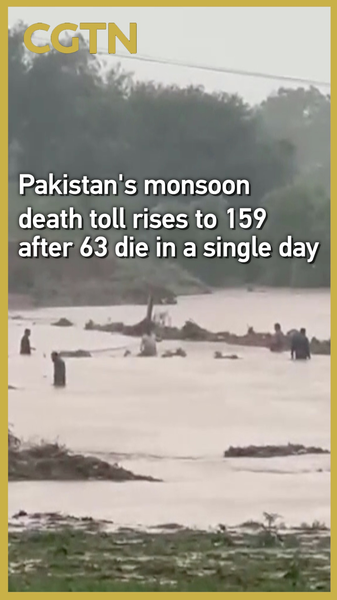Since late June, Pakistan has been battered by relentless monsoon rains, leaving 159 people dead and hundreds more injured across the country.
In Punjab province alone, 63 lives were lost in just 24 hours as swollen rivers and flash floods swept through cities and villages. Most casualties occurred when poorly constructed homes gave way under the weight of torrential downpours, collapsing roofs on unsuspecting families.
Local emergency teams have reported nearly 300 injuries in the past day. Floodwaters have turned roads into rivers, cutting off remote communities and complicating rescue operations. The scale of the disaster has overwhelmed hospitals and relief centers, which are struggling to provide basic care and shelter.
Data from the Pakistan Meteorological Department shows rainfall levels up to 300% above average in key districts of Punjab. Experts warn that climate change is intensifying monsoon patterns, making extreme flooding more frequent and severe.
For young global citizens, business leaders, and digital nomads, the unfolding crisis underscores the urgent need for resilient infrastructure and sustainable development in emerging regions. Innovations in flood-resistant housing, early warning systems, and community-driven planning can help reduce the human and economic costs of natural disasters.
As Pakistan braces for further rains in the coming weeks, international aid groups are mobilizing to deliver medical supplies, clean water, and temporary shelters. Thought leaders and activists are calling for greater investment in climate adaptation and disaster preparedness, emphasizing that the impacts of extreme weather know no borders.
For travelers planning to explore Pakistan’s rich cultural heritage and vibrant landscapes, it’s crucial to stay informed about local conditions and support communities in recovery through responsible tourism and humanitarian initiatives.
Reference(s):
Pakistan's monsoon death toll rises to 159 after 63 die in a single day
cgtn.com


